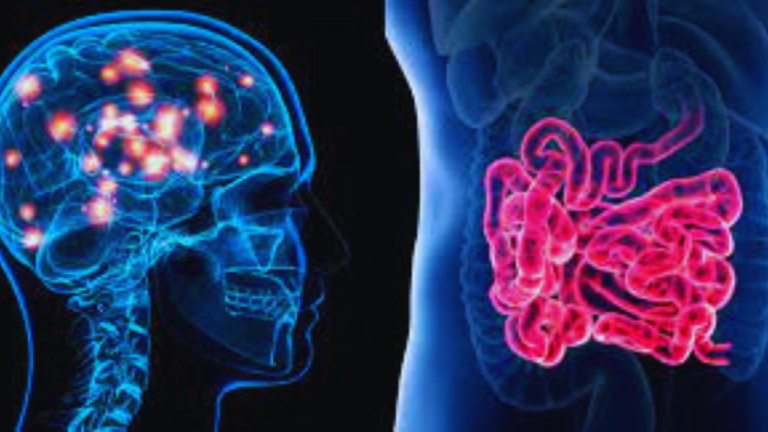The Major Difference Between Type 1 and Type 2 Diabetes

Type 1 and type 2 diabetes are two different forms of the disease, characterized by different causes, symptoms, and risk factors.
Causes: Type 1 diabetes is caused by the autoimmune destruction of the insulin-producing cells in the pancreas, resulting in an absolute insulin deficiency. Type 2 diabetes is caused by insulin resistance, where the body’s cells become less responsive to the effects of insulin, leading to elevated blood glucose levels. Over time, this can lead to insulin deficiency in some individuals with type 2 diabetes.
Symptoms: Both types of diabetes can cause similar symptoms, such as increased thirst, frequent urination, blurred vision, and fatigue. However, symptoms of type 1 diabetes can develop rapidly and may be more severe, while symptoms of type 2 diabetes may develop gradually over time and may be milder.
Risk Factors: Type 1 diabetes is not caused by lifestyle factors and is not preventable. It is more common in individuals with a family history of the disease and those with certain genetic predispositions. Type 2 diabetes is more commonly associated with lifestyle factors such as obesity, physical inactivity, and poor diet, and is more common in older adults and certain ethnic groups.
Treatment: Treatment for type 1 diabetes involves daily insulin injections or the use of an insulin pump to replace the missing insulin. Treatment for type 2 diabetes may involve lifestyle changes, such as losing weight, exercising regularly, and following a healthy diet, as well as medications to help regulate blood glucose levels and increase insulin sensitivity.
In summary, the major difference between type 1 and type 2 diabetes is their cause and the severity of insulin deficiency. Understanding the differences between the two types of diabetes is important for proper diagnosis, management, and prevention of the disease and its related complications.



